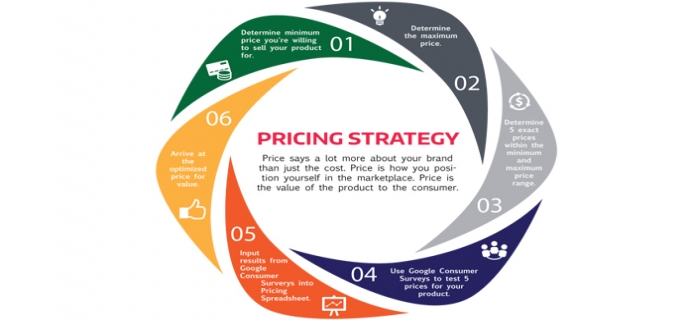Investigating the Impact of “Price” As a Positioning Factor in the UK Supermarket Industry: A Study of Tesco
Dissertation Topic: Price Positioning in the UK Supermarket Industry. Tesco is currently the market leader in the UK retail industry (and has been since 1995), since the launch of the Tesco Clubcard. It has been claimed that Tesco has created customer loyalty by introducing the Clubcard. However, it is possible that the Clubcard does not necessarily create loyalty; rather, it helps the company to understand and predict customer behaviour, and to an extent, influence customer behaviour through various price deals and offers.
It has been established that customer loyalty can certainly improve the probability that an organisation’s profits will increase. In the case of Tesco, loyalty has not actually been created although the company has established a way of predicting and influencing consumer behaviour (to an extent) through the loyalty card. Since customer satisfaction is one of the key ingredients that contributes towards customer loyalty, it can be said that at the moment, Waitrose, Aldi, and Lidl are at a better position to create customer loyalty, for whatever reasons.

Customers generally do not differentiate the companies based on the prices they offer, rather, they differentiate the products based on the perceived quality. The problem is that companies such as Tesco, Morrisons, and ASDA have similar price structures, and as such, pricing may not be the point of difference for the consumers. Tesco’s positioning on the basis of price (every little helps) may not help the company to gain a significant advantage over the competitors, although it may contribute to maintaining this advantage.
Dissertation Objectives
Based on the assumption that pricing is not the factor by which consumers differentiate companies, the following research objectives have been composed:
- To analyse the extent to which pricing is a differentiating factor (as seen by the customer) that influences consumer buying behaviour in the supermarket industry
- To identify whether price positioning (as seen by the customer) is a viable option for supermarkets
1 – Introduction
Statement of the Problem
Research Objectives
Research Questions
Hypothesis
Dissertation Outline
2 – Research Methodology
The Research Philosophy
Ontology
Epistemology
Position on Philosophy
Research Approach
Deduction
Induction
Combined Approach
Research Design
Research Strategy
Grounded Theory
Ethnography
Case Study
Data Collection Techniques
Sampling and Population
Focus Group Interviews
Questionnaires
Scope and Limitations
Gaining Access and Research Ethics
3 – Literature Review
Price Image Dimensions
Price-Quality Link
Price as a Market Cue
Ego-involvement and Price
Price and Retail Patronage
Price Premiums and Brand Equity
Role of Price in Strategic Positioning
Expectation Theory in Consumer Behaviour
Henry Assael Model
4 – Discussion and Analysis
Qualitative Research Report and Analysis
Quantitative Research Report and Analysis
Discussion on the Findings
Is price a differentiator in the supermarket industry?
Is the low end price position viable for retailers?
The Hypothesis
5 – Conclusions
References
Appendix
Questionnaire Summary
View This Dissertation Here
I hope you enjoyed reading this post on the Impact of “Price” As a Positioning Factor and how it affects the UK Supermarket Industry. There are many other titles available in the marketing dissertation collection that should be of interest to marketing students and practitioners. There are many dissertation titles that relate to other aspects of marketing such as branding, corporate advertising, marketing strategy and consumerism to name a few. I would be grateful if you could share this post via Facebook and Twitter. Feel free to add your thoughts in the comments section. Thank you.


